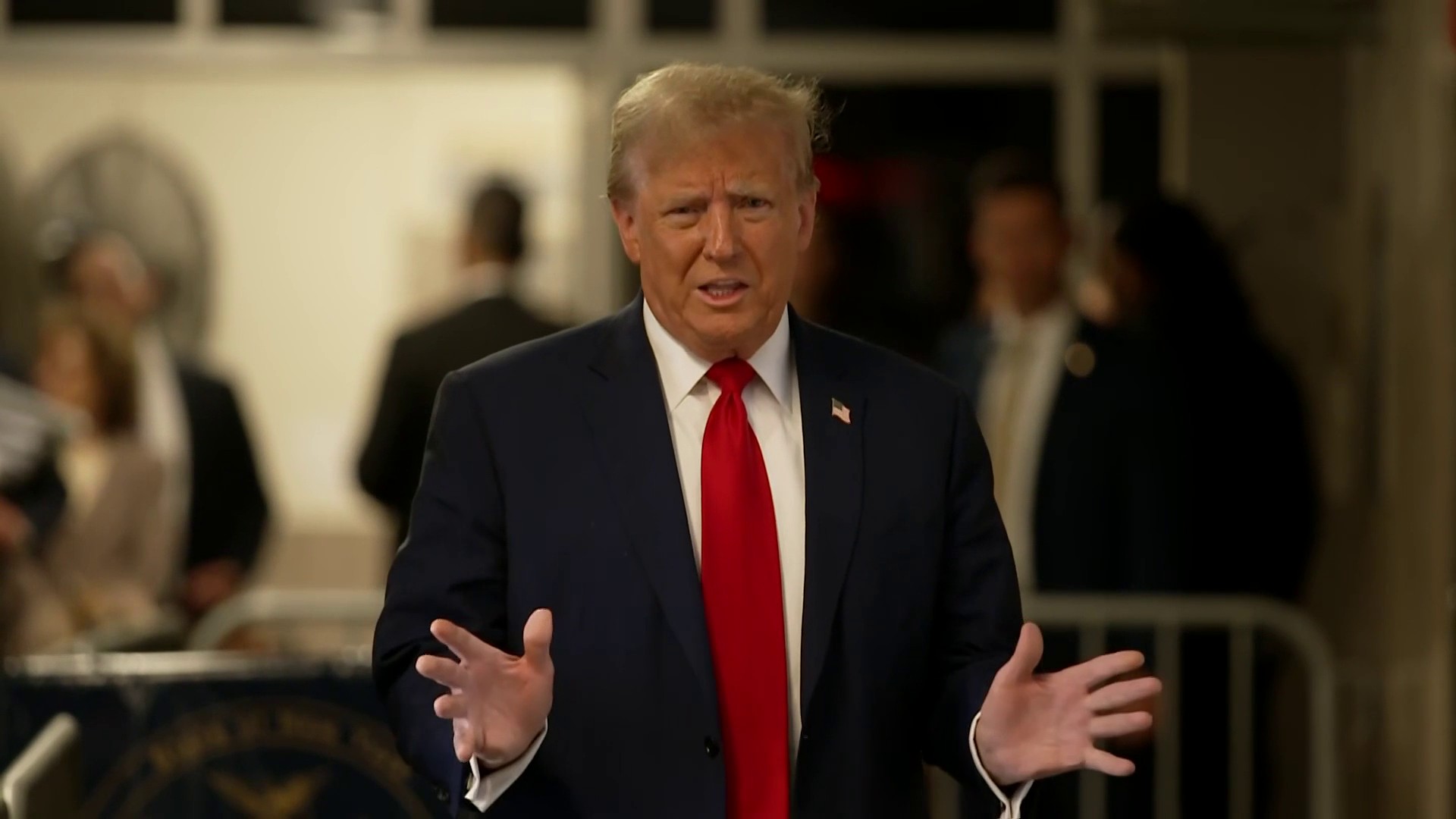Commuters using the country's largest public transportation system now have to figure out how to get around with fewer subway and bus lines as New York City's transit agency tries to cut costs.
Citing an $800 million budget shortfall, the Metropolitan Transportation Authority slashed whole service lines this weekend, rerouting and reducing remaining services, and adding frustration to the lives of millions of travelers.
"What am I going to do, walk from Brooklyn to my office?'' asked Danielle Dorter, an employee at an advertising agency in Manhattan. The train she used to take was rerouted, forcing her to find another way to commute.
The agency's cuts reach across the city. Two subway lines that run between Manhattan and Queens, the "V'' and "W'', made their final runs Friday night. By Monday morning, the "M'' line will be rerouted to cover some of the "V'' stations in lower Manhattan.
Subways will run less often, especially at night and on the weekend. Three million people are expected to have to wait for a train for up to two extra minutes, saving more than $8 million. Service on the "G'' line was also shortened, which the MTA says will save $1.5 million.
The city's bus lines also took a hit, with 37 bus routes eliminated and others facing service reductions at night and on weekends. Train and bus service has also been reduced in New York's suburbs.
The agency says the cuts will save $93 million, with the two subway line cuts saving $7.4 million annually. In recent weeks, signs of the impending change became more noticeable, blacked out symbols for the soon-to-be-cut lines at subway entrances, and the symbol for the "M'' train changing from brown to orange, the color of the "V'' line.
Local
Posters and brochures were up at subway and bus stops to warn commuters of the cuts, but some were still unaware. Told about the changes, they were resigned.
"I haven't heard, but it doesn't surprise me,'' said Juan Recaman, a freelance editor from Manhattan, as he rode a "W'' train last week.
MTA Chairman Jay Walder said the agency is doing its best to make the change as smoothly as possible.
"Some amount of confusion is probably inevitable to come, but I think we're working hard to try to minimize it,'' he said.
Councilman Peter Vallone Jr., who represents Queens, blamed the cuts on poor management by the MTA and less money being provided to the agency by the state government in Albany.
"We now face longer commutes, more crowded commutes and more transfers,'' he said. "All because the MTA is unable to run a business and because Albany took away funding from the MTA.''
Mel Johnson, an actor, said he now has to set aside extra travel time to get to appointments.
"I can't afford to be late,'' he said. "It is frustrating. When you get used to something working, you want it to continue to work.''
The cuts to the bus routes effect more than just the commuters, hundreds of bus operators and mechanics will be fired.
Transport Workers Union President John Samuelson said he would not accept the MTA's latest offer that would save those jobs and possibly rehire employees already laid off because there was no promise that there wouldn't be layoffs in the future.
The MTA is also trying to reduce overtime costs and to offer buyouts or layoff administrative workers.
The agency is scheduled to release an updated budget for 2010 and its budget for 2011 in July. The agency had originally said it would raise fares in 2011 by 7.5 percent, but that figure may change.
The MTA's deficit grew this month when it agreed to continue to offer free student MetroCards, even though the agency didn't receive enough money from New York State to cover the program's costs.
Follow us on Twitter @NBCNewYork,and on Facebook/NBCNewYork, and sign up for breaking news SMS alerts on your phone by texting “NYBREAKING” to 639710.



